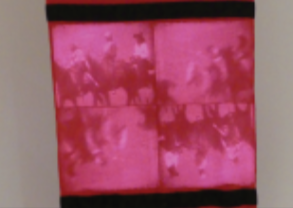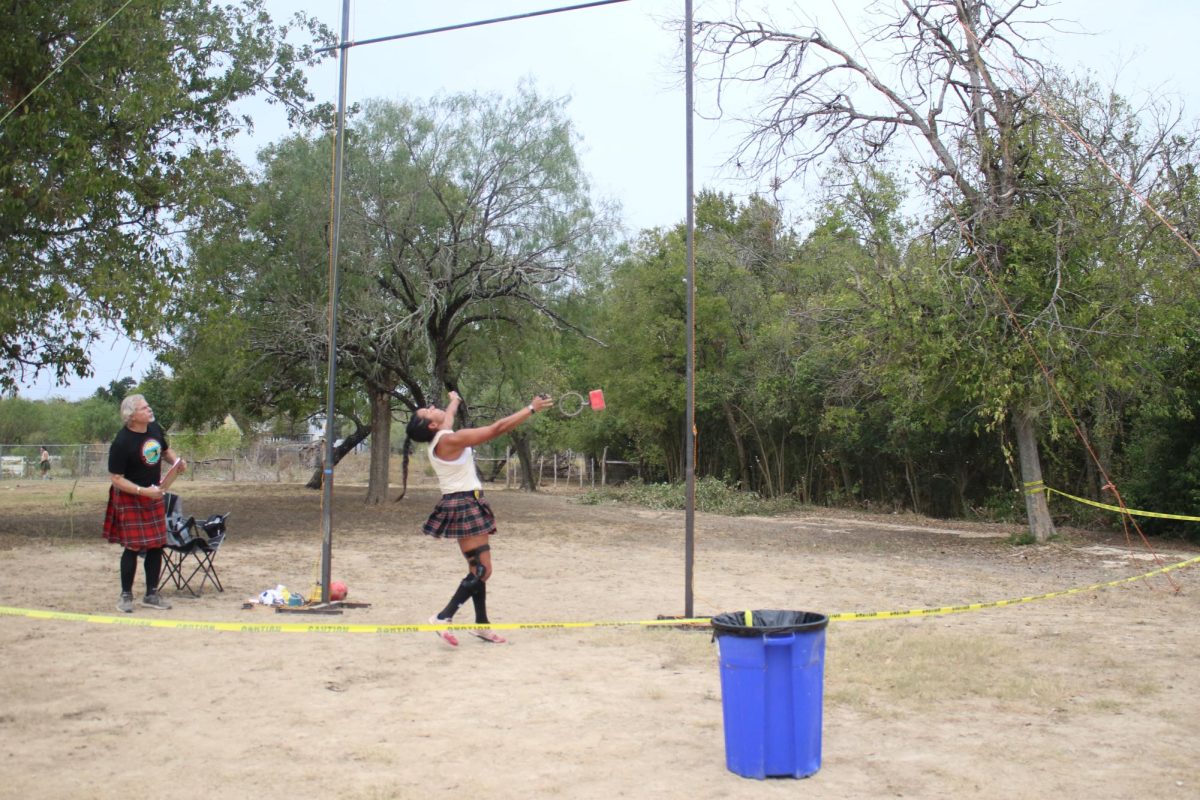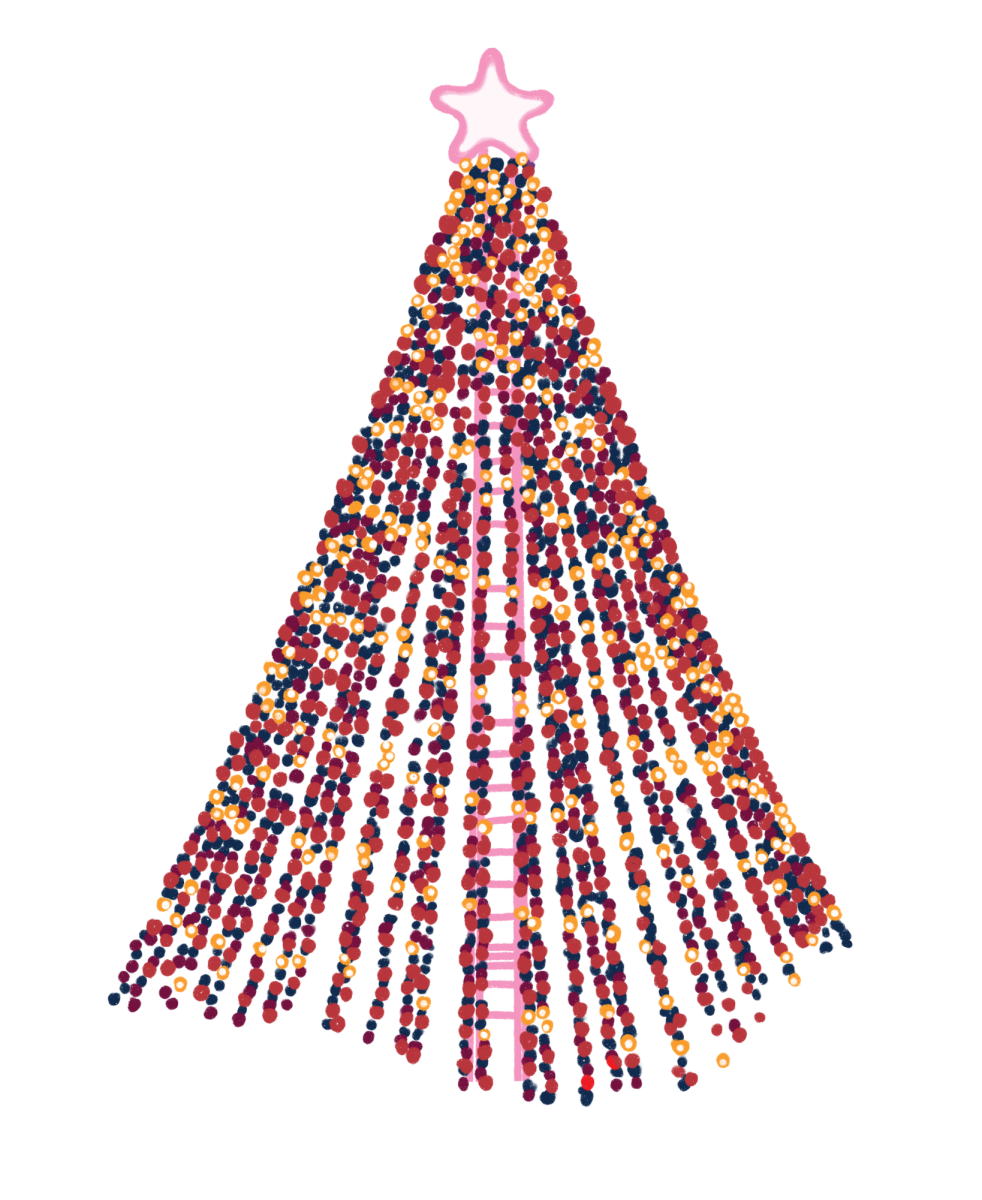
Lining the halls of the Blanton Museum of Art is an exhibition showcasing art by Indigenous artists from the Americas that paints a picture of Native American history, allowing one to step into a world of Native American culture, emotion, and complexity.
Native America: In Translation has been traveling around the United States since 2022, and it will remain open in Austin until Jan. 5, 2025. The Aperture Foundation originally organized it with the help of curator Wendy Red Star after The Aperture Foundation partnered with Red Star to edit an issue of their magazine titled Native America.
The dozens of pieces in the collection were created over the past several decades. Nine different artists are represented, showcasing their past and present relationship to the representation of Native Americans through photography. Koyoltzintli, an interdisciplinary artist from Ecuador, has several of her photographs appear in the exhibition, which features Native American women in natural landscapes in New Mexico.
“I do photography, drawing, sculpture,” Koyoltzintli said. “I’m a mainly analog photographer, using medium format and large format.”
For her work featured at the exhibition, Koyoltzintli invited local women and let them choose where to go to be photographed based on what spoke to them. One of these photographs can be seen at the Blanton Museum as a black-and-white photo showing one woman posing within rock formations.
“The whole premise of the images is that I asked them, ‘How do you think your oldest woman ancestor would be if they were there today? Would they run if they just wake up [there]?’” Koyoltzintli said. “It’s also related to how, when babies come out of the womb, they’re seeing the world for the first time. And what they do is cry. But if you’re an adult, and you come into the world, and you open your eyes and you’re in New Mexico, how do you respond to that?”
Koyoltzintli recently became a mother herself, which allowed her to think of the world through the same lens as a newborn child. Newborns can only see blurry, black-and-white shapes, but at the same time, they are heavily influenced by this perception. She uses this as inspiration for her photos and models pictured in them.
“Children are just fascinating; how they take in information for the first time when they’re born, how they see the world for the first time because their vision is blurry when they’re born,” Koyoltzintli said. “It’s not like they can immediately recognize something. I was thinking about all of that in relation to our personhood, and when we go through experiences in life, that change, we get to see the world differently.”
Tomas Gunz, a frequent visitor of the Blanton Museum and an avid art collector, came to see the new exhibition with his family. He was struck by the distribution of art from both North and South America by being able to learn more about the cultures shown in the artwork.
“There are patterns which are common, the tradition, their culture, and the mixture with new technology,” Gunz said. “But if the new technology isn’t together with their land, where they would be completely out of mind and not fit into the new culture.”
Gunz explained that the message of the exhibition is that you have to conserve, respect, and not forget the traditions of a culture, even if you don’t belong to it. Gunz’s personal collection consists exclusively of contemporary Venezuelan art, with a cutoff year of 1950.
“I have no piece, so far, which I have seen which I would have picked for my collection,” Gunz said. “But that is also because this type of art doesn’t fit in the subject I collect. You cannot have everything.
The many photographs in the exhibition were a large draw for the Blanton Museum curators, whose photography collection is less thorough than other collections within the museum. Katie Bruton is the public relations and media manager at the Blanton, where the exhibition has been attracting visitors since Aug. 4.
“Wendy was thinking about Indigenous in different ways,” Bruton said. “So there are several artists who have tribal affiliations from the First Nations, and there are also artists that have indigenous heritage. So she’s thinking about it broadly.”
According to Bruton, Red Star chose artwork that reflected the broadness with which was thinking about both Indigenous representation and photography. Red Star included lens-based media, such as projections of video and light on different surfaces, and multimedia works that were first based on a photograph.
“I’m not gonna speak for Wendy Red Star, but we have a great quote from her where she says, ‘I was thinking about young native artists and what would be inspirational and important for them as a roadmap,’” Bruton said. “I love group shows like this, where I can imagine most people aren’t familiar with most, if any of the shows in the exhibition. So I hope they walk away excited to learn more about them.”






